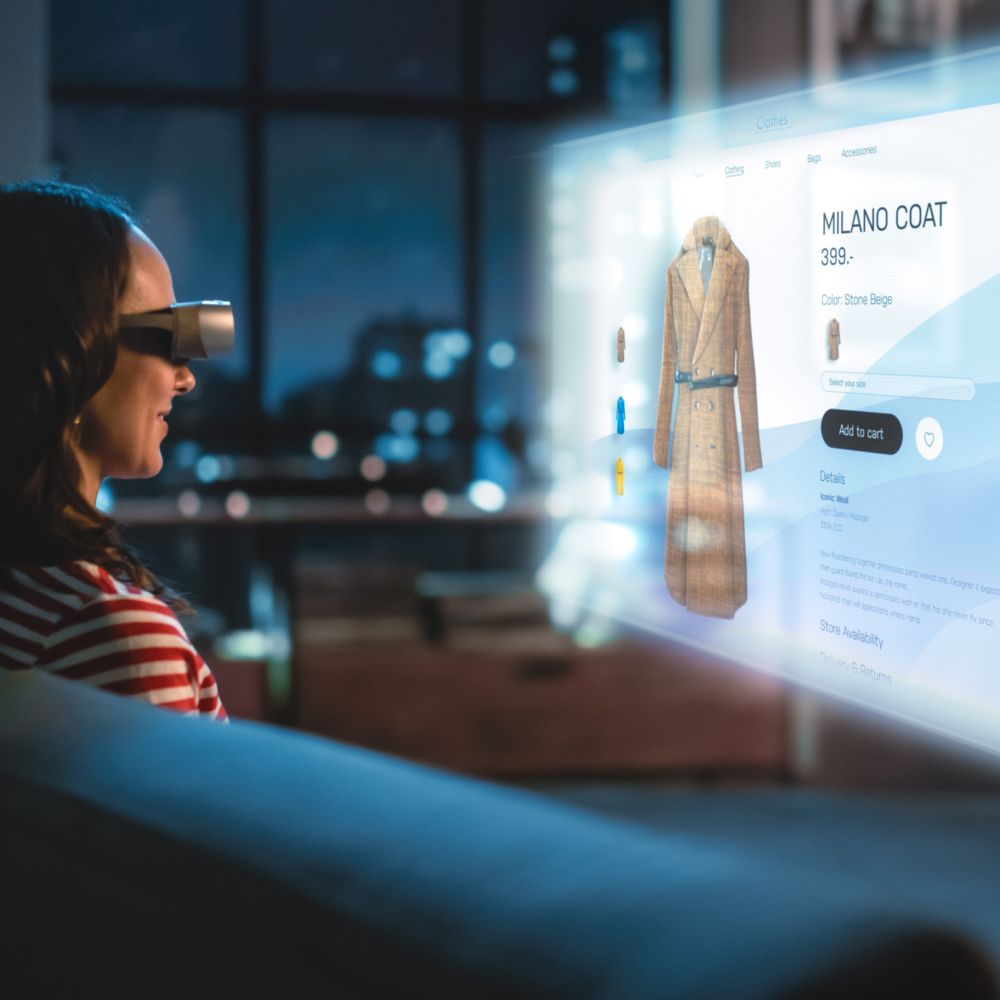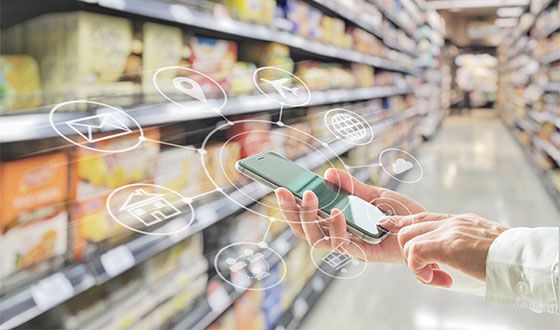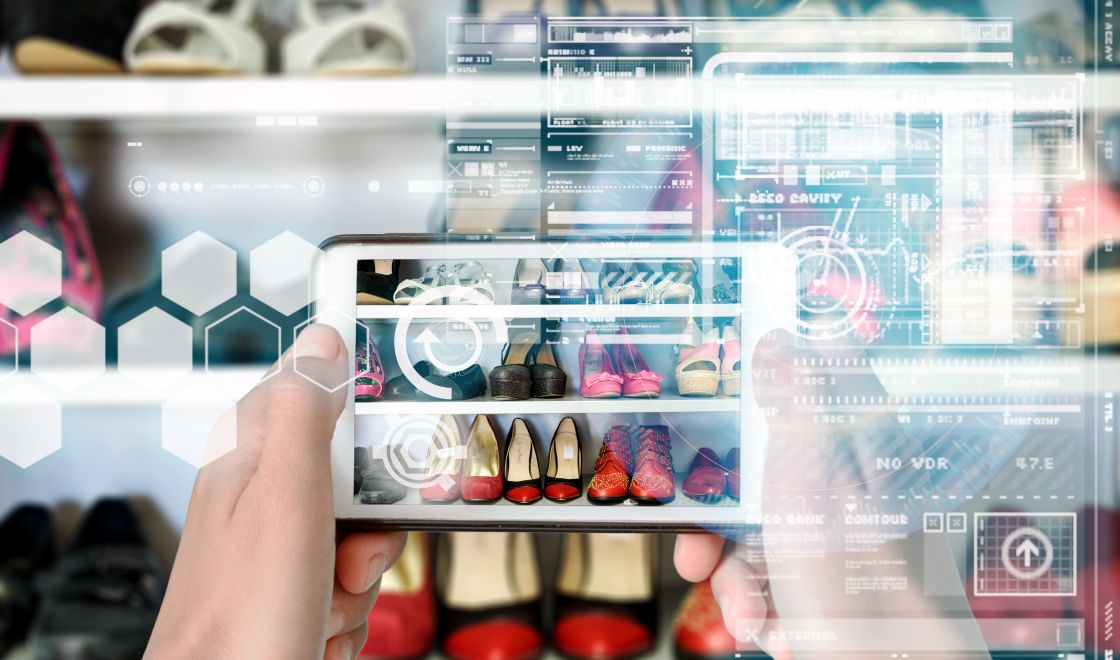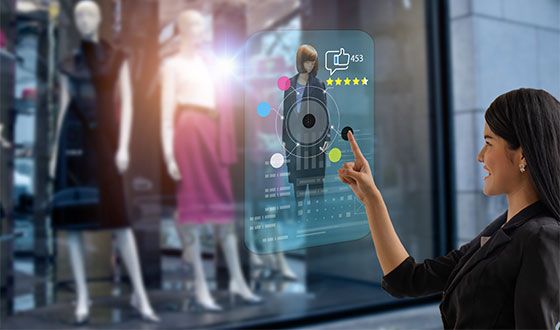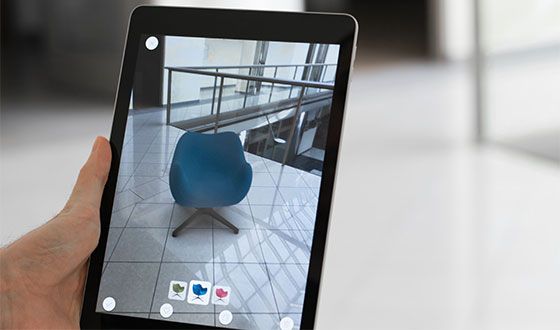The new frontier of retail shopping.
The connection between eCommerce and physical retail has brought on a new era of retail commerce. This represents a golden opportunity for clever marketers who can navigate the challenging demands of tech-savvy shoppers. We have developed interactive solutions to help you transform traditional brick-and-mortar stores, using revolutionary technologies and beautiful customer experiences, towards omnichannel marketing.
Challenges
Unified commerce.
Consumers are looking for a positive, consistent brand experience as they move down the sales funnel, from the digital marketing channels (e.g. websites) to the physical stores. Organizations must ensure a systematic approach of digital touchpoints in brick-and-mortar to stay relevant in a fast-paced environment.
Out of stock.
Brick-and-mortar is still constrained by the in-store availability of products. Allowing customers to extend their physical experience to the virtual world is crucial. Customers want to see and interact with unavailable products through digital 3D, augmented reality (AR) or virtual reality (VR) touchpoints, and organizations must adapt by putting in place a true omnichannel marketing strategy.
Stand out.
Brands and retailers must rethink their marketing strategies to stand out in a crowded marketplace. The adoption of cutting-edge technologies is a must to draw the attention of digitally native shoppers in an offline environment. Organizations who want to engage and amaze their customers must adopt digital touchpoints integrated with extended reality (XR) technologies.
Consumers buy virtual experiences.
Today’s consumers buy ideas and experiences, not just products or services. To increase shoppers’ spend, retailers must deliver the best customer experience, avoiding common issues including slow service andlack of communication. Innovating physical stores with mixed reality digital touchpoints is an effective way to create memorable customer journeys.
Anticipate customer needs.
When shaping the in-store customer experience, data plays a vital role. Meanwhile website can collect “cookies”, brick-and-mortar is limited in its options to enhance the customer journey. This is where smart data collection comes in play, via the adoption of innovative digital touchpoints to gather data and give your customers the best experience you can.
Personalize, integrate, deliver.
As new technologies become widespread, retailers must understand what shoppers want and personalize the customer experience both online and offline. To do so, the integration of different technologies becomes a necessity, with 3D, AR, virtual try-on all the way to POS systems integrating in omnichannel touchpoints and interfaces.
Frequently Asked Questions (FAQs)
Want to Learn More?
Ask about Vection Technologies’ solutions, professional services or anything else. We are ready to help.
Contact Us